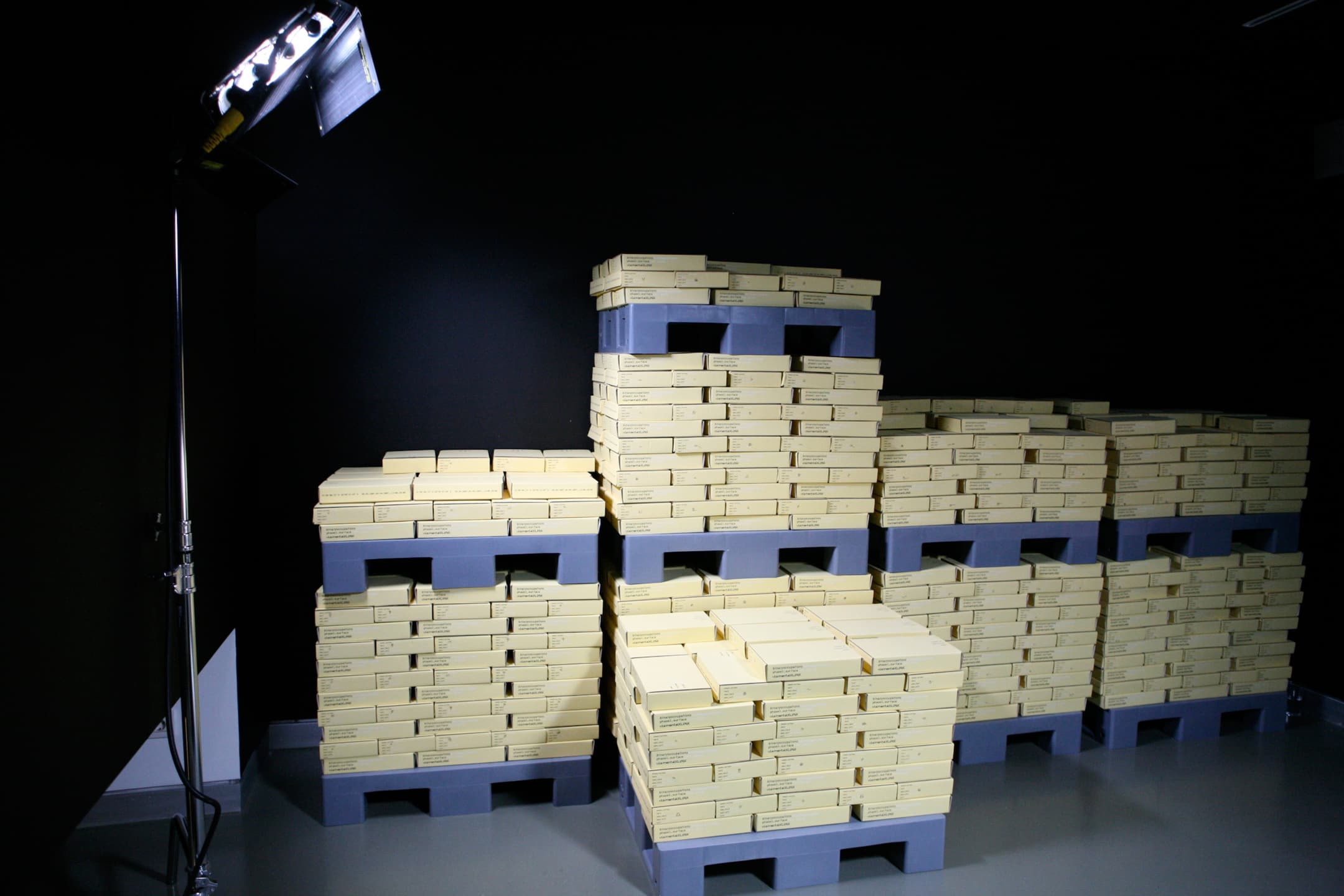
BINARYOCCUPATIONS PHASE1.SURFACE
:MENTALKLINIK SPACE, ISTANBUL, 2007
SEPTEMBER 03,.2007 __18:00_22:00
SEPTEMBER 04-09, 2007__12:00_20:00
consultants: tül akbal, süalp, orkun şentürk
sound: bokkob_ali ergun
taste: alchemist_maksut aşkar
translation: eren pultar
light: V vision&light
thanks to selami şimşek, buket baydar and tuna yılmaz
surfaces: hard, semi-hard, semi-soft, soft
treatment instruments: on the :mentalKLİNİK octagon
wearing gloves is recommended
:mentalKLINIK with _phase1.surface_ proposes the 7-day, 76-hour _binaryoccupations_ at coordinates 41º03´ 05.72˝ N 28º59´ 47.49˝ E for a 21st century collection that it launched in order to transcribe the forms of relationship that human has with objects, objects have with human at these times when objects have begun merging with the body.
:mentalKLINIK evolves the 21st century idea of the frozen collection into the idea of a collection, which can be re-read each time, a collection in which data, open to binary readings, is transformed and its known sources can be tracked. Knowing that data might lack the possibility of inspiration, :mentalKLINIK attempts at different means of conveying data in an extended time and thus proposes a new production. In a formulated space and time, it presents a formulated process of re-construction and re-production.
With the selected material and treatment tools :mentalKLINIK will leave the surfaces to the randomness of the maker/doer and will complete the processes of the source collecting, reading, processing, building and compiling, provided at the stage of the surface phase fictionalized within a certain time interval, with the stages of re-production and presentation and will continue the 21st century’s collection with different phases.
Without using the 'chance' of simulation and by experiencing data's transformation into another structure, _binaryoccupations_ points to the allure of data, to its indestructibility and re-usability. _binaryoccupations_ bears the potential of duality, plurality, uneasiness, indecision and tension. :mentalKLINIK with _phase1.surface_ tempts the relationships of damaging, battering, disintegrating, thoroughly bruising, forcing interfaces in two directions, all of which provoke the most primitive sense of touch. :mentalKLINIK brings senses to the center while working on situations with _binaryoccupations_.
By positioning itself on the thin line where boundaries begin to melt, :mentalKLINIK is collecting data mud in order to disrupt patterns, to create new sources from scattered pieces, to model the jointly experienced production of fictionalization process. With _phase1.surface_, :mentalKLINIK is here with the purpose of selecting time data from manipulated surfaces, of provoking the sense of touch, to store what is done by hand today, today when the skin cannot yet immaterialize and leave it all for the future.
:mentalKLINIK invited the beholders to be donors. The beholders, entered into space, were first supposed to read the text (as if they agreed on softwares’ policy texts), then to accept to be donors. In the work’s alienated space of fiction, the subjects of Binary Occupations pose the possibility of misleading between the activities of creating and doing. They donate the moment of doing in the time of the work, the formed object and its binary data; and their usability by the artist. In this work, participant subject, instead of being a beholder, takes part in the process which is determined by the artist, within a certain time interval. In this process, possible relations with other subjects belong to the initiative of the subject and the situation. In BinaryOccupations, the subject of :mentalKLINIK is the surface data of the object formed by the subject.
:mentalKLINIK team worked around following questions:
“Is production possible without using the ‘chance’ of simulation?”, “Can a significant form be produced out of quantified data?”, “How can the relation between the source and the product be interpreted?”, “Who is the creator of the work, who has the talent?”, Is it possible to create a new aesthetics by processing the collected data muds with software written by the artist?"